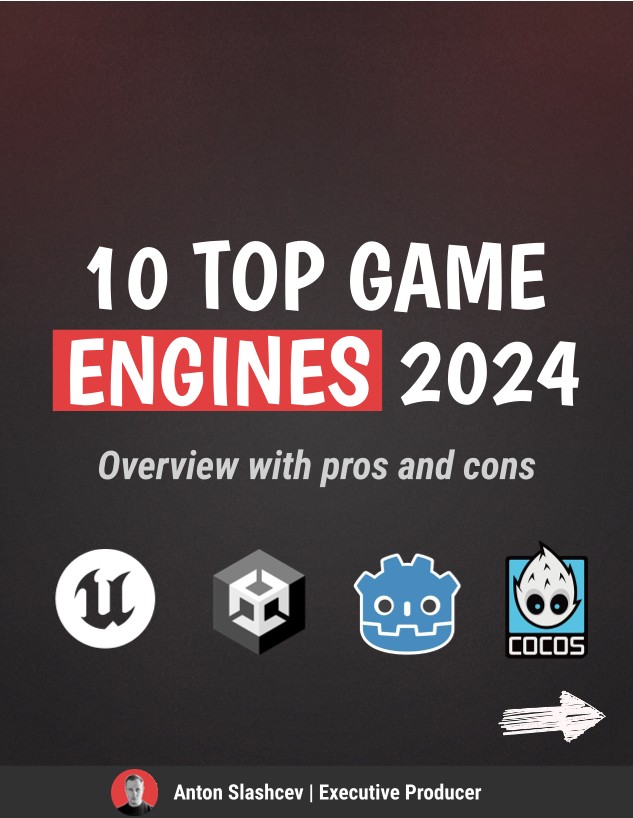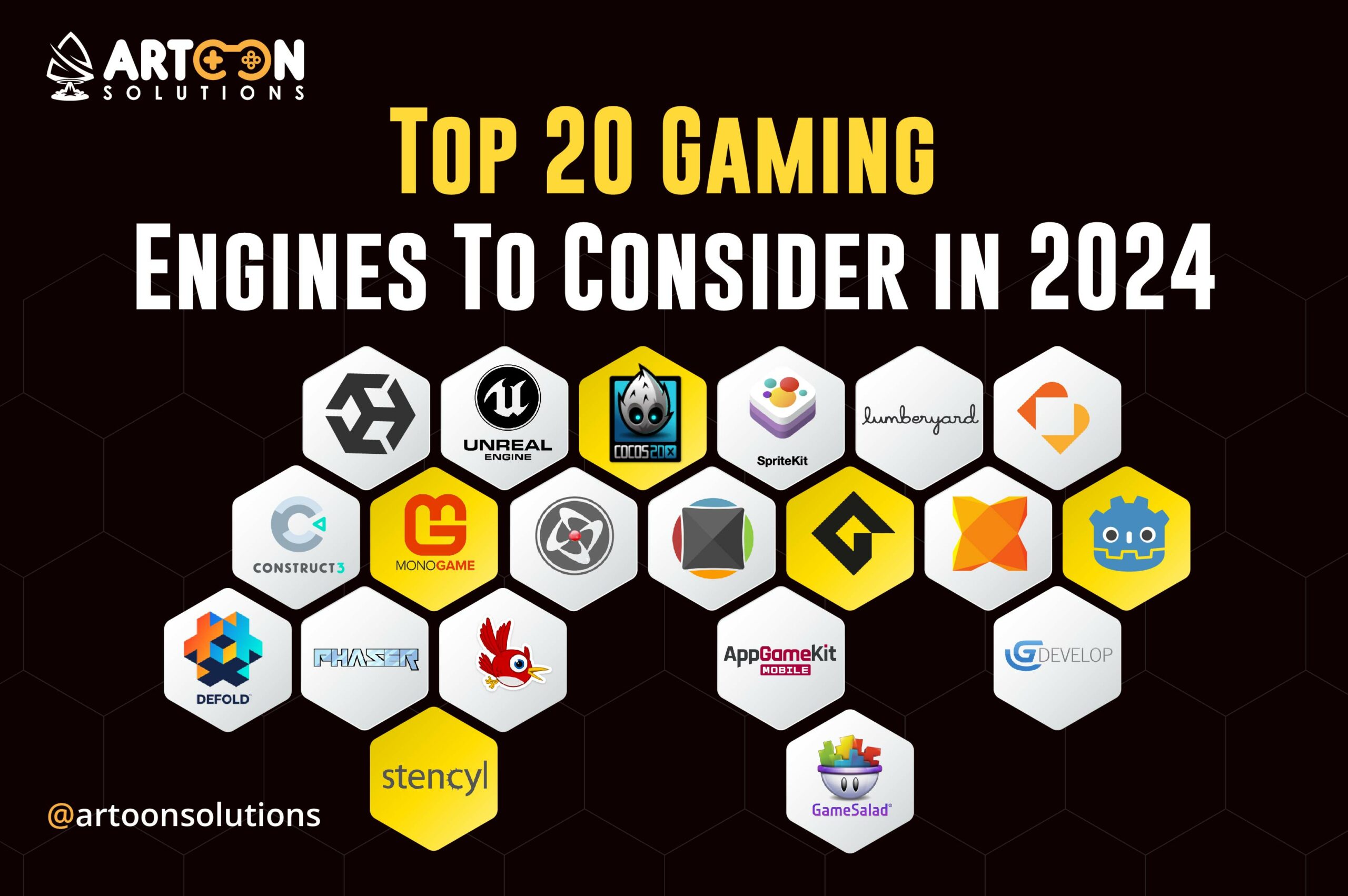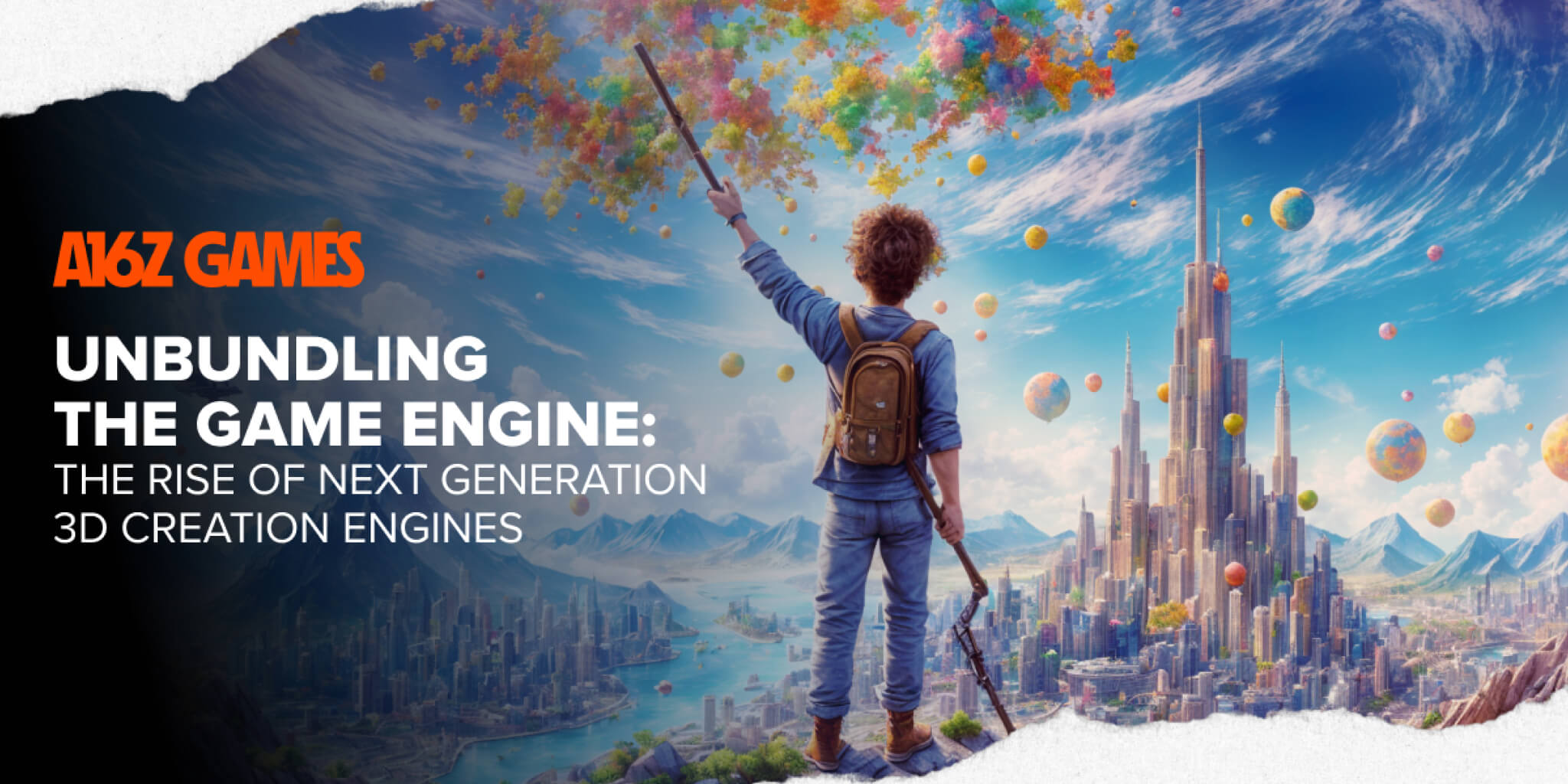
Overview of Game Engines
Definition of Game Engines
Game engines are specialized software frameworks designed to facilitate the development and creation of video games. They provide a comprehensive suite of tools and runtime environments that allow developers to build games, integrating graphics, physics, and sound. Essentially, a game engine serves as the backbone of game development, streamlining complex processes that would otherwise be labor-intensive.
For instance, when a developer creates a 3D adventure game, they rely on the game engine not only to visualize the graphics but also to manage collisions, animations, and AI. Popular game engines, such as Unreal Engine and Unity, both offer robust features to simplify these aspects.
Importance in Game Development
The significance of game engines in development cannot be overstated. Here are a few key points to consider:
- Time Efficiency: Speed up the development process with pre-built functionalities.
- Resource Management: Facilitate collaboration among teams by managing asset libraries effectively.
- Cross-platform Compatibility: Ensure games can be released on multiple platforms, reaching broader audiences.
In my own experience, using a powerful game engine made it possible for a small team to transform an ambitious concept into a playable prototype in just weeks, illustrating the magical power of these tools in the gaming world.

Evolution of Game Engines
Historical Development
The journey of game engines has been as dynamic as the industry itself. It all started in the 1980s when developers created custom engines tailored for specific games. Early pioneers, such as id Software with its famous Doom engine, set the stage for the rise of more advanced tools. These engines opened up the possibility for developers to reuse code and assets, significantly speeding up the creation process.
As the years rolled on, more standardized engines began to emerge. The late 90s and early 2000s saw the introduction of engines like Unreal Engine and Quake Engine, which not only revolutionized game graphics but also fostered a community of developers who would share knowledge and resources.
Technological Advancements
Fast forward to today, and game engines have transformed beyond recognition, thanks to rapid technological advancements.
- Realistic Graphics: With ray tracing and advanced shaders, visual fidelity is at an all-time high.
- AI Integration: Engines now come equipped with tools for sophisticated AI behavior, enhancing gameplay.
Reflecting on my experiences, the jump in graphics capabilities from the early 2000s to present-day engines is astounding. What once required extensive coding now takes mere clicks, showcasing how far we’ve come in making game development more accessible and exciting!

Comparison of Top Game Engines in 2025
Unreal Engine
Unreal Engine continues to be a powerhouse in the gaming industry in 2025. Known for its breathtaking graphics and powerful rendering capabilities, it’s the go-to choice for AAA titles. Developers are drawn to its Blueprint visual scripting system, enabling rapid prototyping without needing extensive coding skills. The inclusion of advanced features such as real-time ray tracing allows creators to simulate realistic lighting and shadows, enhancing the overall player experience.
Unity
Unity remains a favorite among indie developers and smaller studios. Its versatility is unmatched, allowing developers to create for various platforms, including mobile and augmented reality. The robust asset store provides a plethora of tools and assets, making it easy to kickstart projects. A personal project I worked on with Unity highlighted its user-friendly interface, which made it easy to implement complex features without overwhelming me.
CryEngine
CryEngine maintains its reputation for stunning visuals, particularly in environmental rendering. It’s favored for first-person shooters and open-world games, thanks to its dynamic environment and robust physics engine. With CryEngine, creating a believable world comes effortlessly. Many developers appreciate its Sandbox editor, which allows for immersive world-building.
Frostbite
Frostbite, primarily utilized by EA, is optimized for creating large-scale multiplayer experiences. The engine is known for its destructible environments and realistic physics, offering gamers a more immersive experience. It is interesting to note that while Frostbite excels in visuals, it may pose a steeper learning curve for new developers.
In summary, each of these engines brings unique strengths to the table in 2025, catering to diverse development styles and project needs, making the choice exciting yet challenging for developers.

Emerging Trends in Game Engine Technology
Virtual Reality (VR) Integration
As we move further into 2025, Virtual Reality (VR) integration within game engines is transforming the way players engage with games. The immersive experiences that VR offers have become more achievable and accessible thanks to advancements in game engine technology.
- Enhanced User Experience: Developers can now create lifelike environments that players can explore and interact with, fostering a deeper emotional connection.
- Toolsets for VR Development: Engines like Unity and Unreal Engine provide specialized tools for VR, making it easier for developers to build and test their applications.
I had the opportunity to try crafting a VR experience using Unity’s tools, and the sense of presence it created was mind-blowing; I felt like I was truly part of another world!
Artificial Intelligence (AI) Capabilities
AI capabilities are another emerging trend that is dramatically shaping game design. Game engines now come equipped with sophisticated AI algorithms, enabling more dynamic and engaging gameplay.
- Smarter NPC Behavior: Non-player characters (NPCs) can exhibit realistic behaviors based on player actions.
- Adaptive Difficulty: AI can modify gameplay difficulty in real-time, making the experience enjoyable for both novices and seasoned players.
Reflecting on a recent project, integrating AI into character design not only enhanced interactivity but also added layers of unpredictability to gameplay, ensuring that no two gaming sessions were alike. These innovations illustrate the vibrant evolution of game engine technology, crafting ever-more engaging experiences for players.

Considerations for Choosing a Game Engine
Performance
When it comes to selecting the right game engine, performance should be a top priority. A powerful engine can significantly impact how smoothly your game runs and how it looks on various platforms. For instance, choosing an engine that efficiently manages resources can enhance frame rates and loading times.
- Graphical Fidelity: Look for engines with excellent rendering capabilities for high-quality visuals.
- Cross-Platform Optimization: Ensure the engine can handle performance across devices like consoles, PCs, and mobile.
In a recent game project I worked on, we chose Unreal Engine specifically for its robust graphical output, and it made a noticeable difference in player experience.
Cost
Cost is another crucial factor to consider when choosing a game engine. Many popular engines offer free versions, but feature limitations might impact your project.
- Licensing Fees: Be aware of any revenue-sharing models or upfront costs.
- Hidden Costs: Factor in potential expenses for plug-ins or assets.
Choosing Unity for a side project was cost-effective, allowing us to access a vast asset store without blowing our budget.
Support and Community
Finally, consider the support and community surrounding the game engine. A strong community often translates to readily available resources, tutorials, and forums for troubleshooting.
- Documentation Quality: Comprehensive guides and resources can ease the learning curve.
- Forums and User Groups: Engage with fellow developers for advice and inspiration.
During my time with CryEngine, the community forums became invaluable when seeking solutions, showcasing the benefits of a collaborative ecosystem. Weighing these factors can help shape your game development journey, ensuring you find an engine that fits your unique needs.

Future Prospects and Innovations in Game Engines
Cloud Gaming Integration
As we look ahead, cloud gaming integration stands out as a groundbreaking prospect for game engines. With advancements in broadband technology, players can enjoy high-quality gaming experiences without the need for powerful hardware. Game engines are now evolving to support cloud capabilities, enabling seamless streaming of graphics-intensive games.
- Accessibility: Players can access games on various devices, from smartphones to smart TVs, leveling the playing field.
- Reduced Hardware Costs: Developers can focus on optimizing game experiences without worrying about hardware limitations.
I recently experienced a cloud-based game on my tablet, and the graphics were stunning—just like playing on a high-end console. This touched upon the potential of what cloud gaming can achieve!
Cross-platform Development Opportunities
Another exciting trend is the rise of cross-platform development. Modern game engines are increasingly designed to facilitate building games that run smoothly on multiple platforms, from consoles to PC and mobile devices.
- Wider Audience Reach: Developers can maximize their game’s potential market by releasing on various platforms simultaneously.
- Consistent Player Experience: Players can enjoy a unified gaming experience, regardless of their preferred device.
Working on a cross-platform project using Unity taught me just how effective this approach can be, allowing us to engage with a diverse audience and retain player interest. Collectively, these innovations will shape the future of game development, making it more inclusive and accessible than ever before.

